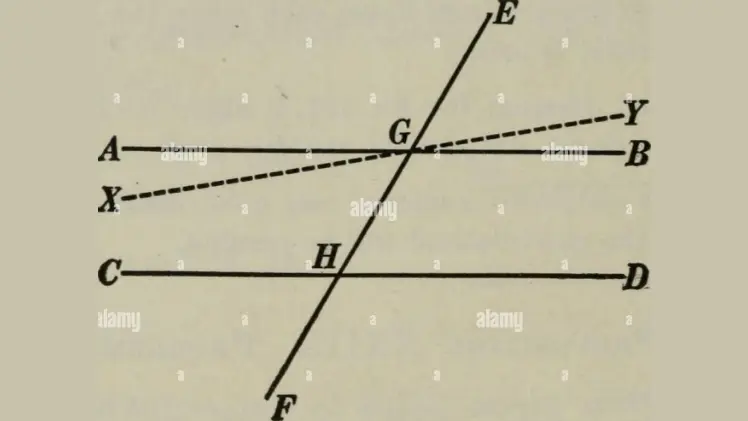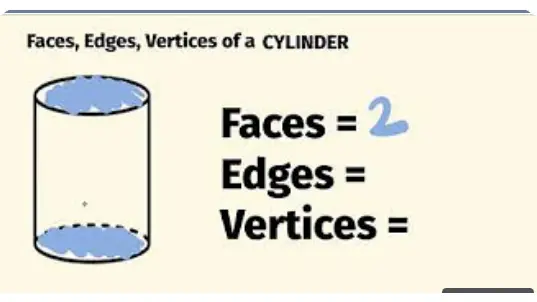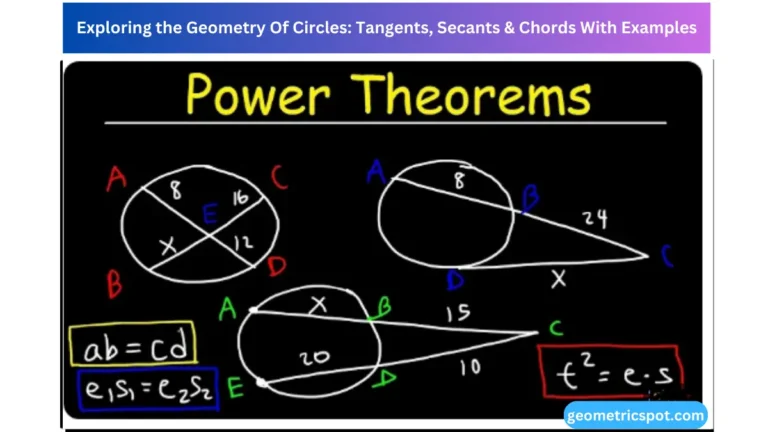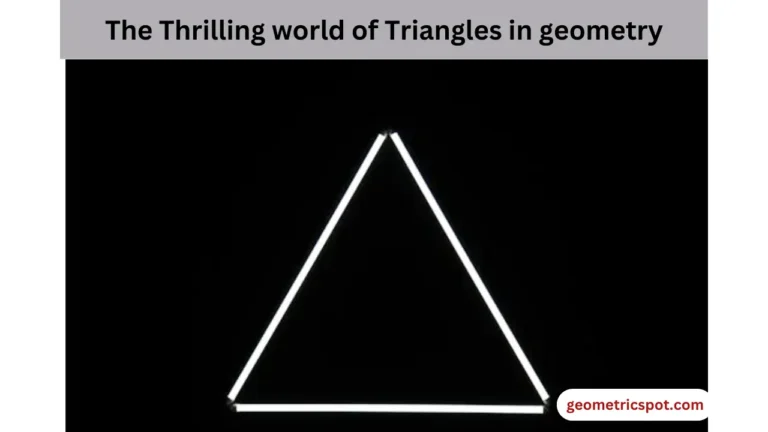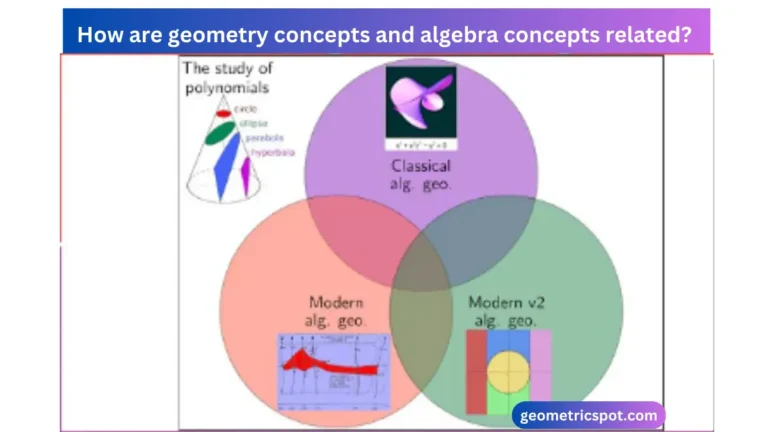What Is Quadrilateral? Types, Formulas & With Examples
Have you ever looked around and noticed how many shapes make our world so beautiful? All these shapes are linked to quadrilaterals, which are another fascinating side of geometry.
Quadrilaterals are everywhere around us, from tiles to ceilings, from a small eraser to enormous buildings. The word quadrilateral is derived from a Latin word. The meaning of “quadri” is four, and “latus” means sides. All sides of a quadrilateral are not equal in length, and which is why it is divided into different quadrilateral types according to the sides and angles.
Dining out can be a delightful experience. The joy of sharing a meal with friends or family is priceless. But, high menu prices can sometimes put a damper on the fun. This is where affordable dining comes in. Understanding menu prices can help you enjoy meals without breaking the bank.
So, get ready to sharpen your geometry skills and embark on a journey into the exciting world of quadrilaterals. In this article we will discuss the What Is Quadrilateral? Types, Formulas & With Examples.
What is a Quadrilateral?
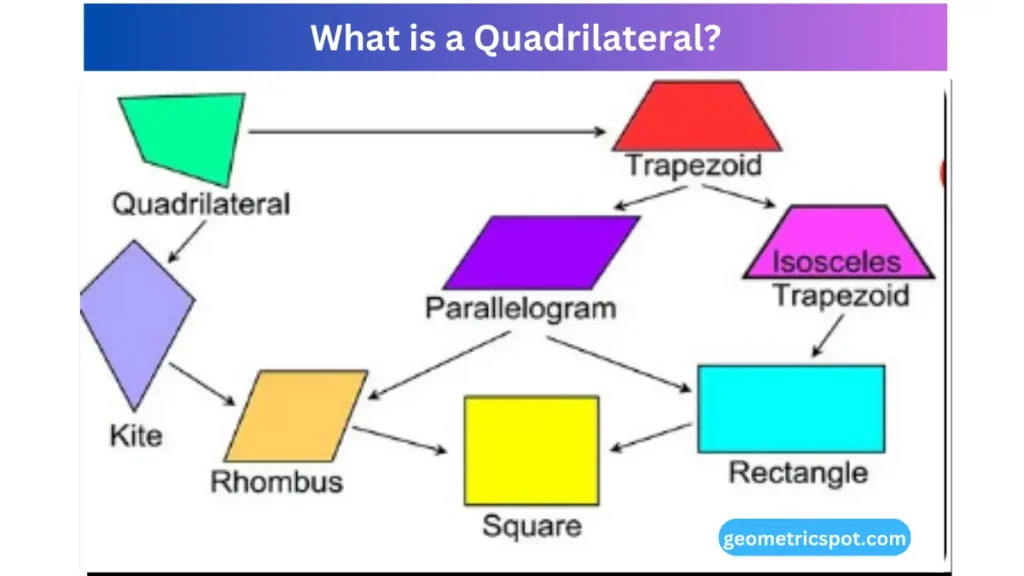
A quadrilateral can be defined as a plane figure with four sides/edges, and also four corners/vertices. If we define it in a simpler way, then you can say that a simple closed figure bounded by four line segments is called a quadrilateral.
The diagram you see above has:
Vertices: 4: A, B, C, D
Sides:4: AB, BC, CD, DA
Diagonal: 2: AC and BD
Quadrilateral Formulas
Quadrilaterals do not have a single formula. The basic formulas for quadrilaterals are:
- Area
- Parameter
Types of Quadrilaterals with Properties
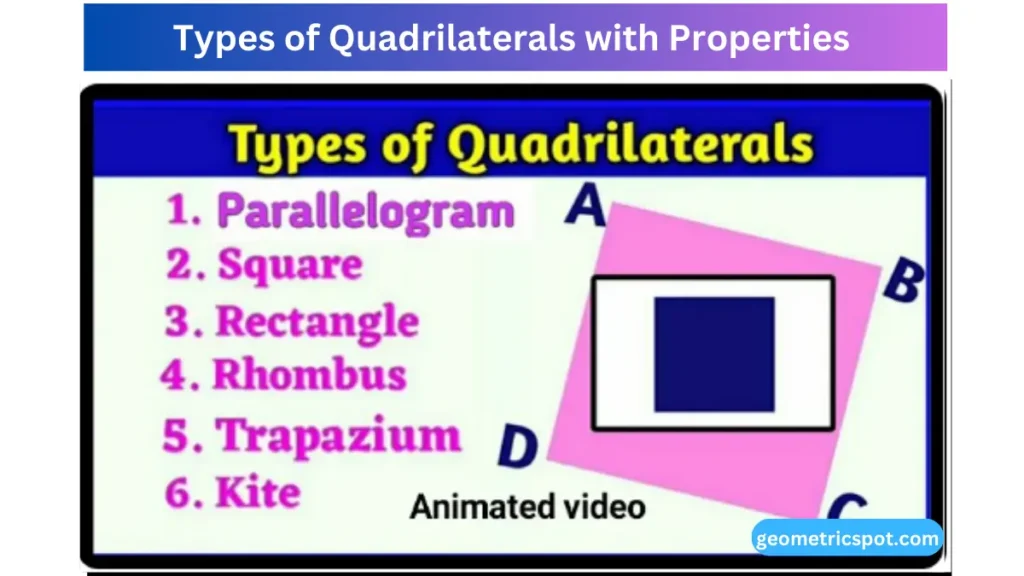
Every quadrilateral is a plane figure with four sides. There are seven types of quadrilaterals. Every type of quadrilateral has different properties. Also download fire kirin 777.
Let’s discuss each type of quadrilateral with properties and know everything about all of them.
- Trapezoids
- Parallelogram
- Rectangle
- Square
- Rhombus
- Kite
- Isosceles Trapezoid
- Trapezoids
Trapezoids are quadrilaterals that are also known as trapeziums. They have two parallel sides and two non-parallel sides.
Trapezoid Properties
- A trapezoid or trapezium is a quadrilateral, and only one pair of the opposite sides of the trapezoid is parallel to each other.
- The sum of the two adjacent sides of the trapezoid is supplementary (180°).
- Two diagonals of trapezoids divide each other proportionally.
- Parallelogram
A parallelogram is a type of quadrilateral and has two sets of parallel sides, and the opposite sides are also equal.
Example
buildings, erasers, tiles
Parallelogram Properties
- A parallelogram is a quadrilateral with opposite sides of the same length.
- The opposite sides of a parallelogram are parallel to each other.
- The opposite angles of a parallelogram are equal in measure.
- Two diagonals of a parallelogram bisect each other, but not necessarily at right angles.
- The sum of any two adjacent angles of a parallelogram is equal to 180°.
- Rectangle
A rectangle is a parallelogram in which all angles are right angles (90°). Rectangles are some of the most important and frequently encountered quadrilaterals. Rectangles play a crucial role in creating stable and visually pleasing structures. They also provide a foundation for more complex shapes.
Example
- A door
- A Television
Rectangle Properties
- Rectangle is a parallelogram with opposite sides of equal length.
- The opposite sides of the rectangle are parallel to each other.
- All the angles in a rectangle are equal ( 90°).
- Diagonals of rectangles bisect each other at right angles.
- Square
A rectangle with four equal sides. You can calculate the area of the square by using the formula which is: Area = Side × Side.
Example
- A slice of bread
- A Checkerboard
Square Properties
- A square is a quadrilateral with all four sides of equal length.
- The sides of the square are parallel to each other.
- All four interior angles of a square are equal to 90 degrees (i.e., right angle).
- The diagonals of a square are perpendicular to one another.
- Rhombus
A rhombus is a parallelogram in which all four sides are equal. They’re used in various designs, from decorative patterns to architectural elements. Rhombus also holds a very important place in our daily lives.
Example
- Jewellery
- Road signs
Rhombus Properties
- A rhombus is a parallelogram with all sides of equal length.
- The opposite sides of the rhombus are parallel to each other.
- Opposite angles of a rhombus are equal in measure due to their parallel sides.
- The two diagonals of a rhombus perpendicular bisect each other at a right angle (90 degrees).
- Kite
A quadrilateral in which two pairs of adjacent sides are equal.
Example
- Kites
- Some flags
Kite Properties
- A kite is a quadrilateral in which two pairs of adjacent sides are equal.
- One pair of opposite angles are equal.
- The diagonals of a kite are perpendicular to each other.
- The sum of the interior angles of a kite is equal to 360°.
- The longest diagonal of the kite bisects the shortest diagonal of the kite.
- Isosceles Trapezoid
A quadrilateral with one pair of opposite sides that are parallel, the other pair of non-parallel sides having equal side lengths is known as an isosceles trapezoid.
Example
- Certain furniture items
- a roof with a slight slant
Isosceles Trapezoid Properties
- The diagonals of an isosceles trapezoid are equal in length.
- The non-parallel sides of isosceles trapezoids are always equal in length.
- The base angles of an isosceles trapezoid are also equal.
Also read this topic for more information How to use the Pythagorean theorem to find missing side lengths? With Examples
Quadrilateral Applications
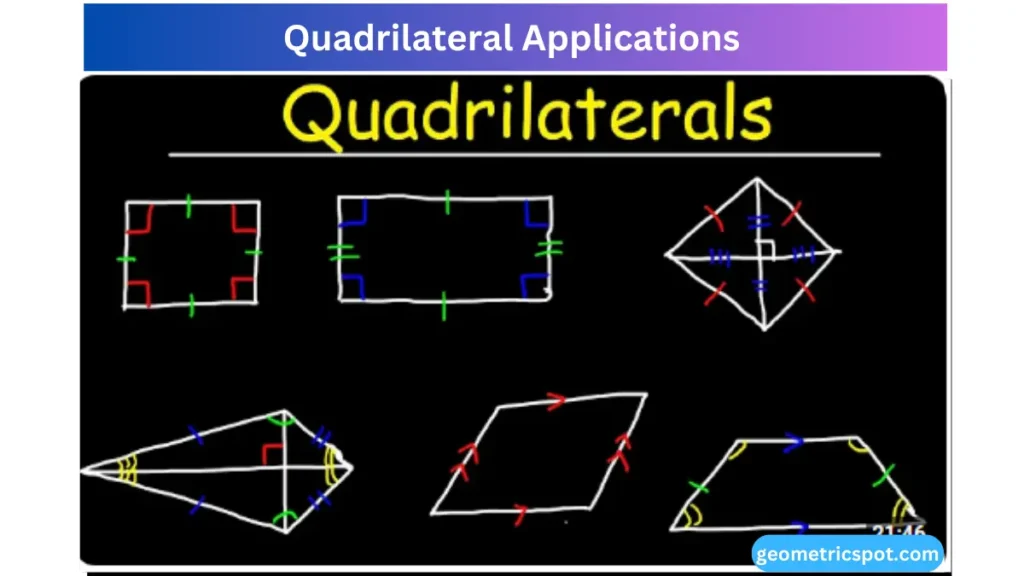
Everything around is an example or application of quadrilaterals from tiles, swimming pools, boxes, doors, to papers are quadrilaterals. So you can say that the quadrilaterals hold a very special place in our daily lives.
Quadrilaterals in Architecture:
Quadrilaterals are very necessary when making cities. Rectangles are used for making roads and buildings, squares are used when making parks.
Quadrilateral in Sports:
The fields in which you love to play your favourite games are designed using quadrilaterals.
Quadrilateral in Engineering:
Quadrilaterals are used in the making of bridges. Engineers used it while designing and constructing bridges and roads. The support structure of the roads and bridges is based on quadrilaterals to distribute the weight evenly.
Quadrilateral in Arts:
Quadrilaterals are used in graphic art, sculpture, logos, packaging, computer programming, and web design.
Conclusion
Hence, a quadrilateral is a four-sided, two-dimensional shape with a variety of forms. From squares and rectangles to trapezoids and kites, quadrilaterals are everywhere around us, for example: doors, kites, chess boards, and papers, hence most of the things around us are quadrilaterals.
Frequently Asked Questions
What is called a quadrilateral?
Any closed figure with four straight sides is called a quadrilateral.
What are the 7 types of quadrilaterals?
The 7 types of quadrilaterals are: parallelogram, rhombus, kite, rectangle, trapezoid, square, and isosceles trapezoid
Is it necessary that all sides be equal in a quadrilateral to have a parallelogram?
A parallelogram does not have all equal sides, it has two sets of parallel sides, and the opposite sides are also equal. So, it is not necessary that all sides be equal in a quadrilateral to have a parallelogram.

